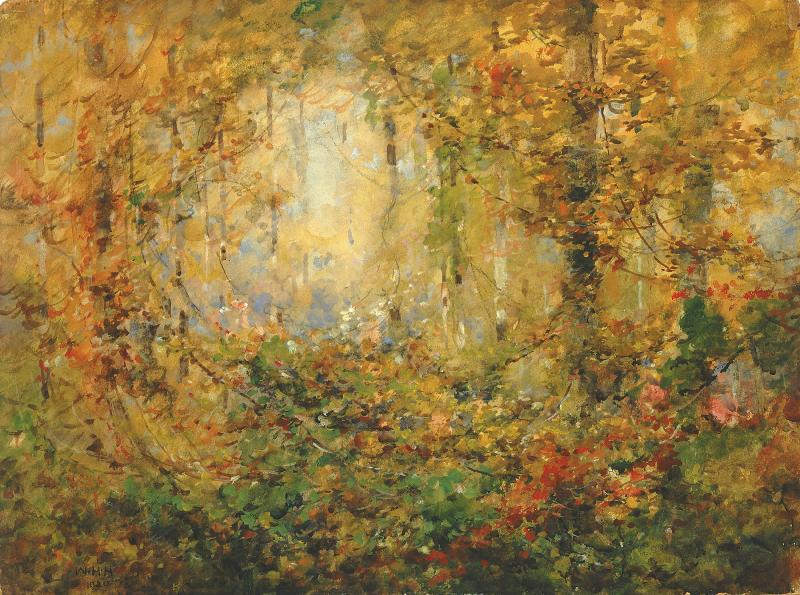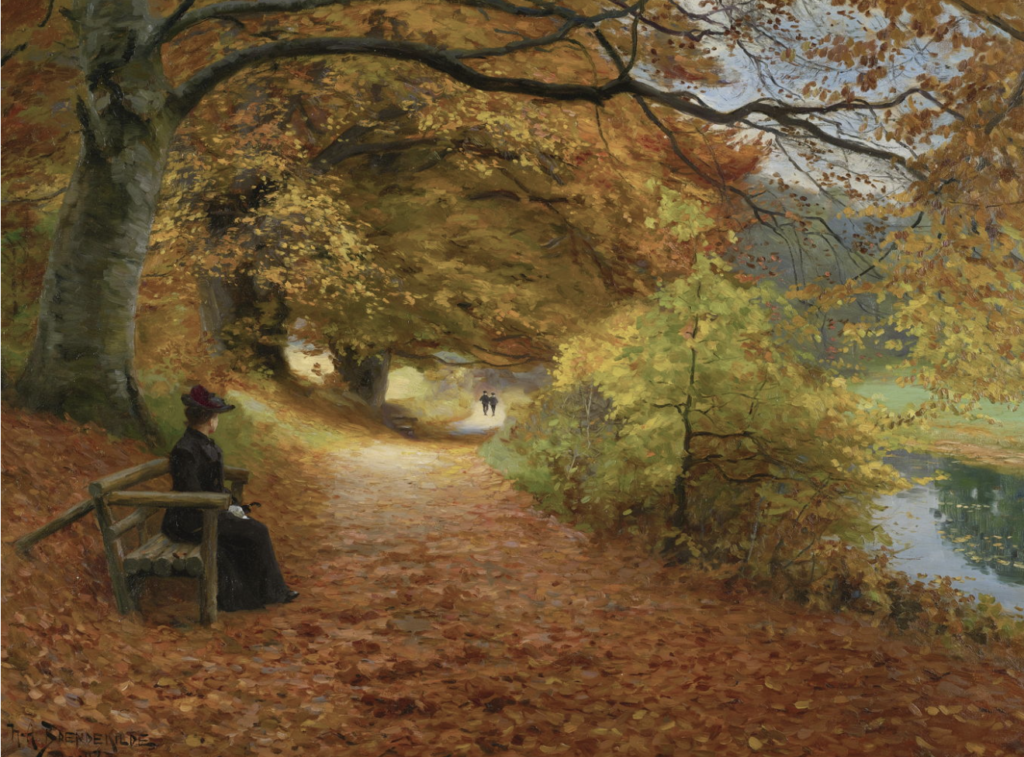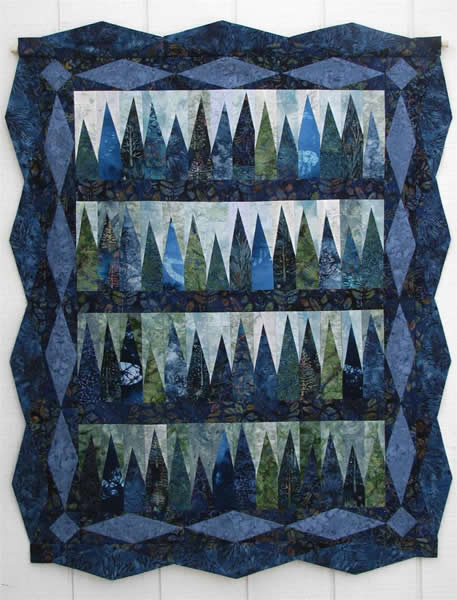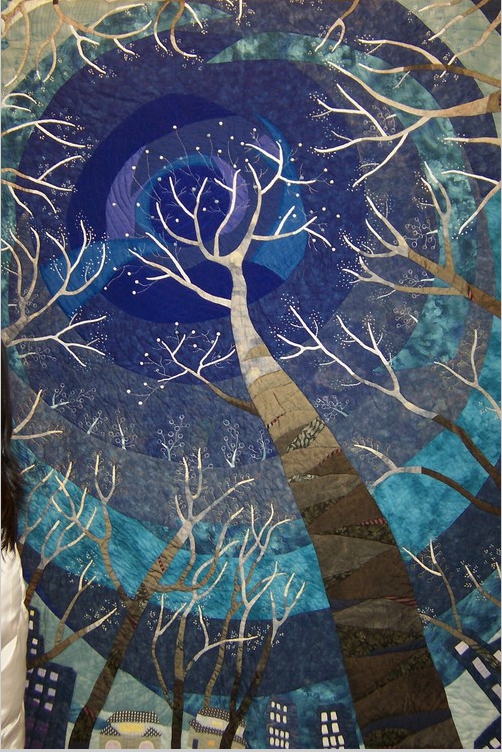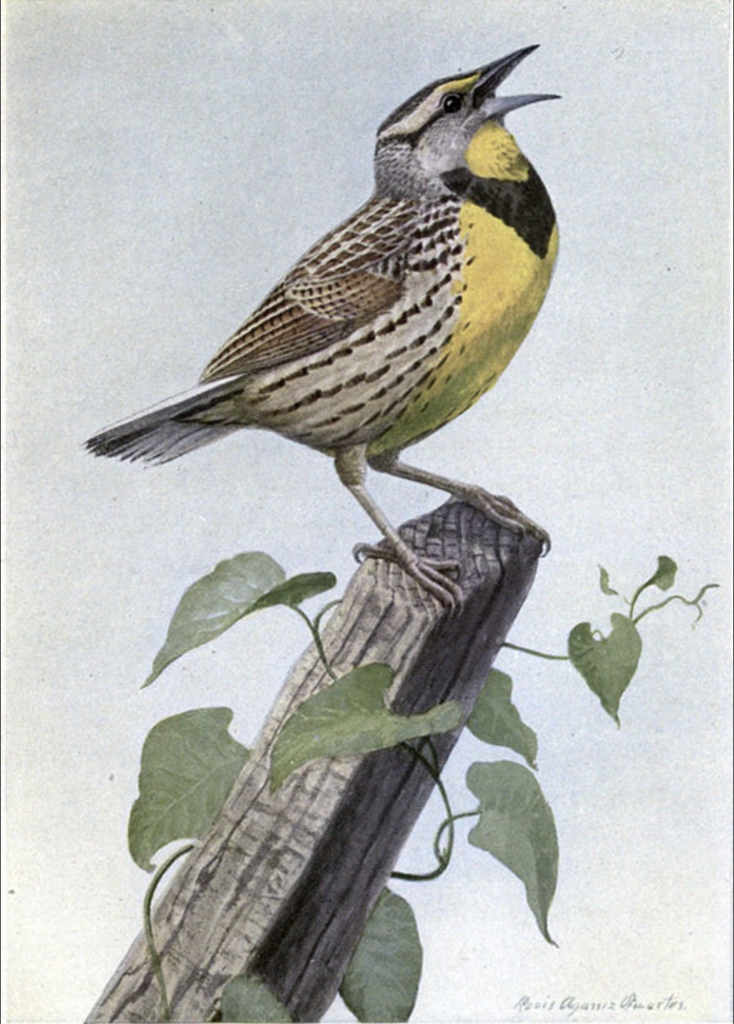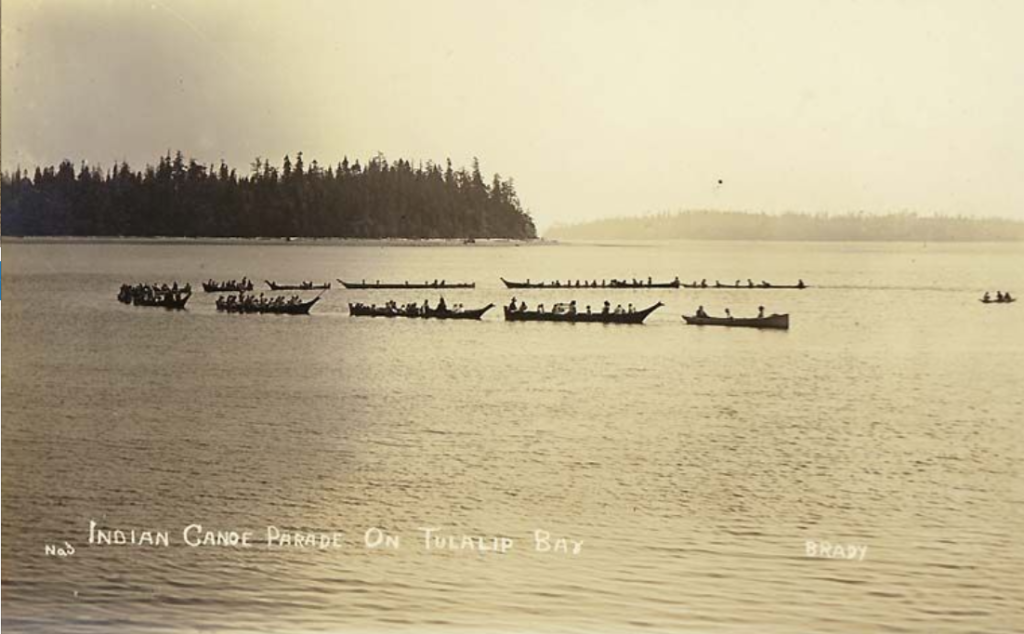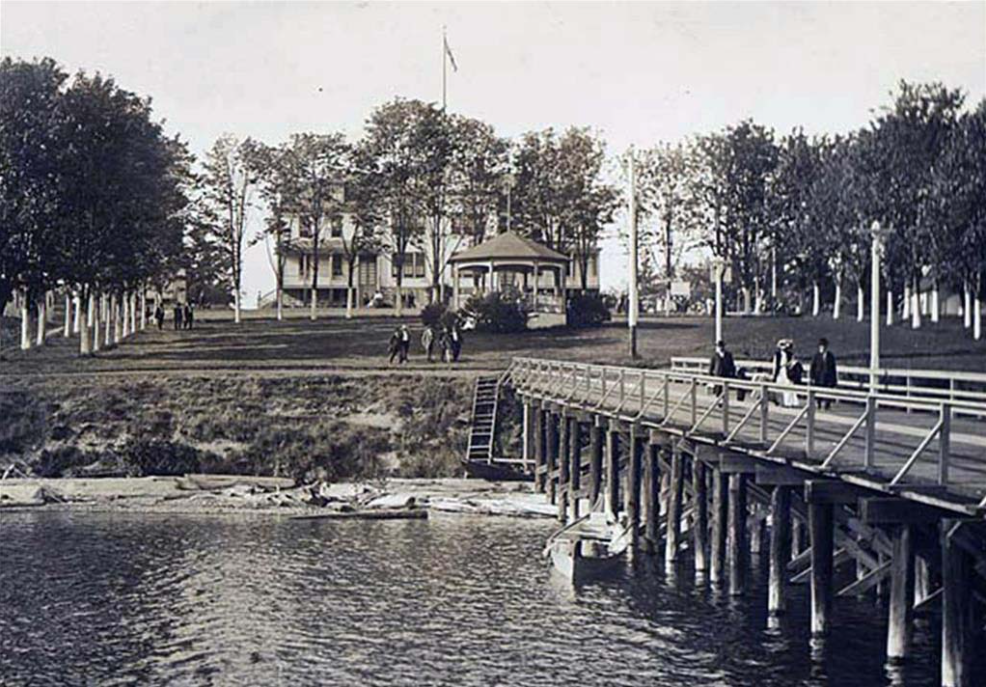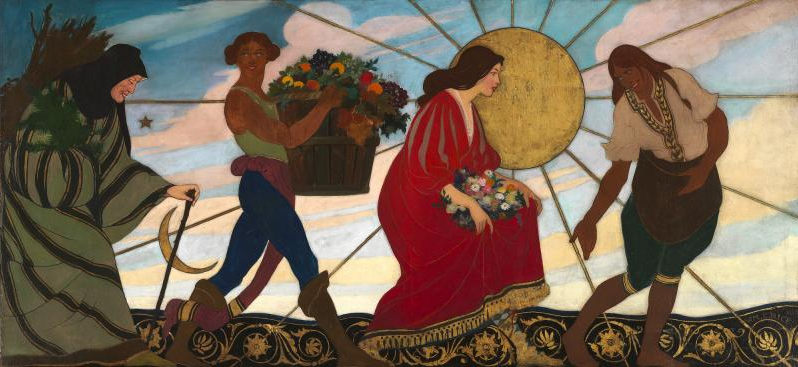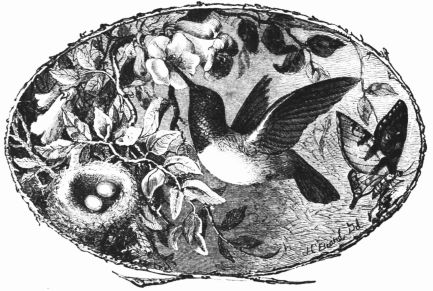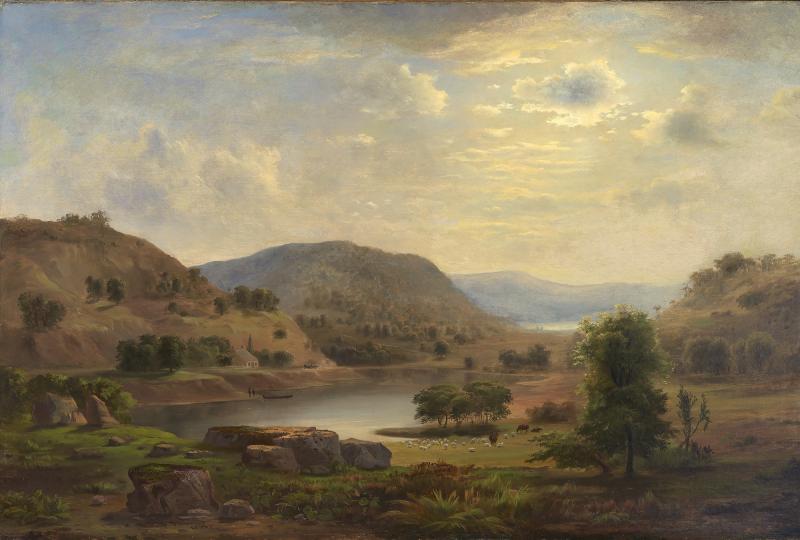Hope
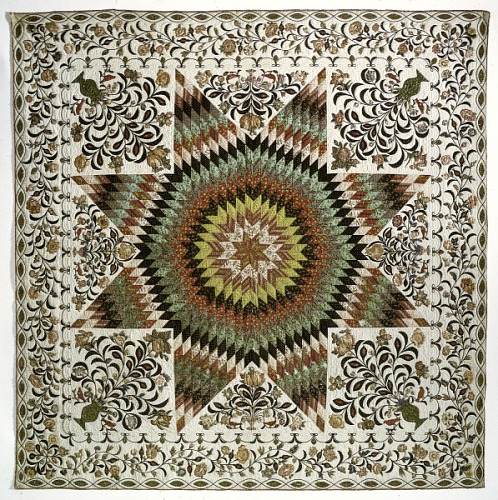
By Georgia Douglas Johnson
Annotations by Rene Marzuk
Frail children of sorrow, dethroned by a hue, The shadows are flecked by the rose sifting through, The world has its motion, all things pass away, No night is omnipotent, there must be day, The oak tarries long in the depth of the seed,[1] But swift is the season of nettle and weed. Abide yet awhile in the mellowing shade And rise with the hour for which you were made. The cycle of seasons, the tidals of man, Revolve in the coil of an infinite plan, We move to the rhythm of ages long done, And each has an hour--to dwell in the sun!
JOHNSON, GEORGIA DOUGLAS. “HOPE.” THE CRISIS’ 14, NO. 6 (OCTOBER 1917): 293.
Contexts
Starting in 1912, the October issues of The Crisis, the official magazine of the NAACP, were dedicated to children. A typical edition of these children’s numbers would contain a special editorial piece and two or three literary works specifically for children, while still including the serious pieces about contemporary issues with a focus on race that The Crisis was known for. These October numbers were sprinkled with children’s photographs sent in by the readers.
In his first editorial for the Children’s number in 1912, W. E. B. Du Bois wrote that “there is a sense in which all numbers and all words of a magazine of ideas myst point to the child—to that vast immortality and wide sweep and infinite possibility which the child represents.”
The success of The Crisis’ children’s number led to the standalone The Brownies’ Book, a monthly magazine for African American children that circulated from January 1920 to December 1921 under the editorship of Du Bois, Augustus Granville Dill, and Jessie Fauset.
Definitions from Oxford English Dictionary:
flecked: Of darkness: Dappled with bright spots. Of the sky: Dappled with clouds. Of clouds: Cast like flecks over the sky.
nettle: Any of various plants with inconspicuous green flowers and (usually) stinging hairs that constitute the genus Urtica (family Urticaceae); esp. the Eurasian plant U. dioica, which has strongly toothed ovate leaves and is an abundant weed of damp waste ground, roadsides, etc. (also called (common) stinging nettle). Also (usually with distinguishing word): any of various plants of other genera and families with stinging hairs.
omnipotent: All-powerful, having absolute power. Also: having unlimited or great authority, force, or influence; extremely strong.
Resources for Further Study
- In her book Racial Innocence: Performing American Childhood from Slavery to Civil Rights, Robin Bernstein illustrates how the American idea of childhood innocence became racialized and excluded black children.
- Georgia Douglas Johnson: Rereading the Harlem Renaissance.
Contemporary Connections
In her 2017 poetry book One Last Word: Wisdom from the Harlem Renaissance, poet Nikki Grimes uses Georgia Douglas Johnson’s “Hope” to create a golden shovel poem titled “On Bully Patrol.” Golden shovel poetry is a poetic form created by Terrance Hayes in 2010 that uses each word of an existing poem as the last word of the successive lines of a new poem.
